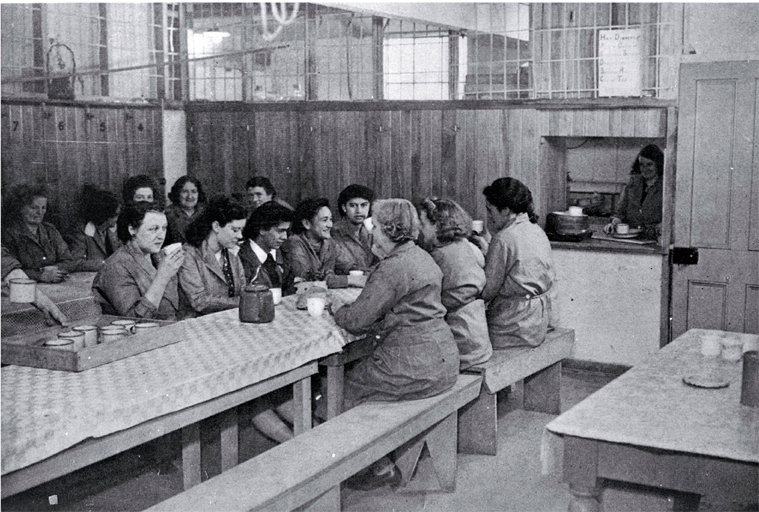
Tea, for the working class was a substance that constituted a break from work. It was a brief time of rest to mix with other workers, and summon the energy to finish the day. Not only was it a break from work, but the caffeine and sugar in the hot tea gave the impression that one had eaten something. Tea made any food seem like a hot meal, and was drunk in large quantities amongst the working class just as beer or ale had previously been drunk.
Tea was not a luxury commodity to members of the British working class, but a daily necessitySo why the switch from the traditional alcoholic beverages to tea, a beverage that had been a foreign luxury for the past two centuries?
By the 1830's tea was a necessary "luxury" for many of the working class. The 1870's and 1880's marked the introduction of cheap black tea from Sri Lanka on the market in Britain. This tied with the increase in trade due to the tea clipper ships that began in the 1830's and 1840's, meant that the price of tea was relatively low.
With the advent of the temperance movement in 1791 when a number of Quakers joined forces with others against slavery and abstained from consumption of sugar and rum. Both of these substances were produced by slave labor. The movement expanded to include the abstinence from all alcoholic beverages. Tea was chosen as one of the alternative beverages to alcohol and by 1871 the average British person consumed 2kg of tea in a year.
The high tea evolved to take the place of dinner when a proper hot meal could not be afforded. High tea was a family meal, and took place anytime between 5:00 and 7:00 pm. It was much larger than the few sandwiches and pastries eaten for an afternoon tea in the upper classes. Instead one or two small hot dishes were served along with cold chicken, game, or ham, salad, and cakes or tarts. Tea became part of a larger meal and faded into the background, often relegated to from the table to the sideboard.

